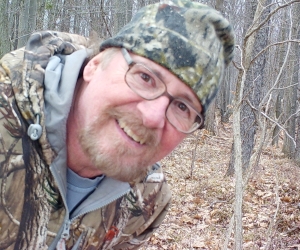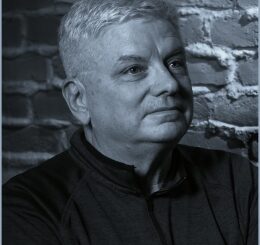Flyfishing, swallows eating spinners, and laughing water
By Oak Duke,
The Genesee River was in a glum mood.
Didn’t want to talk.
Inscrutable.
Grey like the sky.
Fly-fishers with rod and reel seek insect life for clues like Sherlock Holmes deciphered cigar ashes.

What are the fish feeding on?
But on some cold, windy, April evenings nary a flying gnat can be found.
Bugs are our bait.
Well, not exactly.
We don’t literally thread their bodies on hooks.
Instead, we try to replicate mostly aquatic members of the Insecta Class by tying bits of fur, feather, yarn, thread, and plastic on tiny hooks, crafting a lure, aptly call a fly.
An imitation.
Brrrr.
Brisk northeasterly winds wanted to take my fly line and fly up in the trees that overhang and protect the river.
Muttering with cold fingers, I looked up in the tree for my fly, and noticed swallows, just back from the south, swooping and evidently feeding 100 feet up, over the river.
Hmmm.
As I extricated the fly, “Maybe it’s a spinner fall,” I thought.
The river was in a bad mood, the winds were biting, but here was a possible clue, not in the water but above.
If birds were feeding…
As in the novel Moby Dick by Herman Melville: “The birds! – the birds! They mark the spot … The whale, the whale! Up helm, up helm! Oh, all ye sweet powers of air, now hug me close … He turns to meet us … My God, stand by me now!”
And (sic)
“Birds…The birds.
He rises!”
Maybe the trout also rises… marked by the birds, not gulls but swallows this time, not a whale, but a trout.
A bit like Ahab?
Spinners and swallows:
Spinners, that’s what swallows are swallowing.
Not metal spinners of course, not that kind, but delicate and fragile winged flies.
Spinners are what fly fishers call the final and short breeding stage of mayflies.
You have probably seen mayflies close-up, within mere inches of your face.
Lucky for you there was a windshield that gushed and smeared their bodies. Wiper blades crushed them more, making a streaked and creamy holocaust as they tragically occasionally mistake warm and wet blacktop roads for the river, their breeding zone, where they swarm like fans at a rock concert.
Mayflies amazingly have a number of instars… major stages or changes.
Most of a mayfly’s life, maybe one, two or even three years is spent underwater with gills, crawling under rocks in the stream.
Then, as their time of maturity approaches, mayflies break out of their crawling bug stage and at once, still while under water, swim like crazy for the surface and become an airborne, winged creature, breathing air.
Amazing change, but they are not done yet, and that instar is called a dun by fishers.
The final stage, the Spinner, termed “imago” by entomologists (bug scientists) is their breeding stage where metamorphic forces through time have eliminated their vestigial eating and drinking apparatus, swapping them for breeder parts.
But next to the river that evening, time and light were running out when I saw a trout swirl, (we call it a rise or a raise) out in the middle, the heart of the Genny’s current flow.
No bug was evident.
When trout begin mysteriously rising, typical fly patterns from our boxes are usually useless.
We have flailed the water, beat it over and over and over again with a stick.
Flailed and failed.
Nary a take.
No takers.
Spinners often breed in dancing swarms upstream over riffles, fast water.
Their exhausted and spent bodies, having fulfilled their biological imperative, fall lifeless onto the river surface, rushing by and are swept downstream.
Trout lie in wait under this moving cafeteria smorgasbord and pick off, supping their entrees.
The Ah Ha moment!
I had tied a fly that morning, at home with bits of feather and fur, spanning the world.
The tails of my spinner replication were crafted from a few strands of Moose mane from Canada. The para-spinner’s whitish post was a clump or Impala fur, taken when I was in Africa, and the peacock collar was from who-knows-where.
Spun together with thread, covering a tiny de-barbed hook, the assortment was flicked out midstream.
Bang!
Tight line!
Fish on!
A beautiful spotted orange and red Genesee River brown trout slid into the net after a proper fight and was released quickly… though a couple bumbling photos on the iPhone were captured as the 16-inch trout caught its breath resting near shore.

Though almost dark, the Genny’s riffle sounded more like it was laughing now.
Oak Duke/ Wellsville, NY May 2024

Whitetail Page: www.facebook.com/Oak.Duke.whitetail.page
Duke’s Honey: www.facebook.com/Dukes-Honey-513590015445371/






